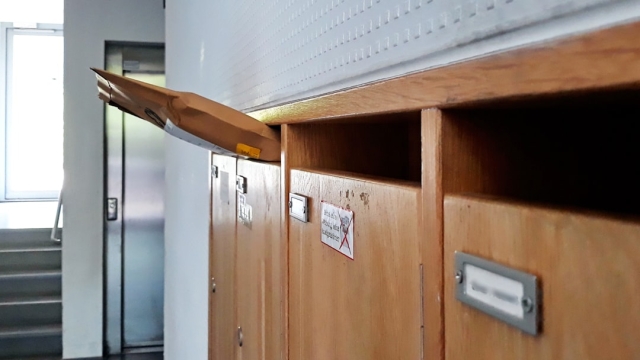
Effective hair styling is an essential part of personal grooming for many individuals. Whether preparing for a special occasion or aiming for a polished everyday look, having the right hair styling solutions can make all the difference. With an array of innovative tools and techniques available, everyone can achieve salon-quality results from the comfort of their own home. This article will explore cutting-edge gadgets, practical styling techniques, and personalized hair care solutions tailored to different hair types, providing valuable insights for enhancing your hair styling experience.
Innovative Hair Styling Tools
When it comes to achieving stunning hairstyles, the right tools can simplify the process and yield impressive results. Innovative hair styling tools, such as advanced hair dryers, curling wands, and straighteners, are designed with user-friendly features that enhance performance and minimize damage to hair. For instance, some hair dryers incorporate technology that reduces drying time while maintaining moisture, resulting in healthier hair. Additionally, tools with adjustable heat settings allow users to customize their styling experience based on their hair type.
Many of these gadgets also emphasize convenience. Lightweight and ergonomic designs make them easy to handle, while heat-resistant materials ensure safety during use. By investing in quality hair styling solutions, individuals can elevate their styling routine, making it more efficient and enjoyable. For those looking to explore a variety of hair dryers that can assist in achieving beautiful hairstyles, check out this selection of innovative hair styling solutions.
Techniques for Achieving Salon-Quality Styles at Home
Mastering hair styling techniques is just as important as having the right tools. With a few simple methods, anyone can create impressive looks without the need for professional assistance. One effective technique is to use the “twist and pin” method for creating soft waves. Start by dividing the hair into sections, twisting each section away from the face, and securing it with a pin. After a few minutes, release the pins for effortless, beachy waves.
Another popular technique is the “smoothing and sealing” method for straightening hair. After applying a heat protectant, use a flat iron in small sections, ensuring smooth movements for an even finish. Following up with a lightweight serum can add shine and reduce frizz, giving hair a polished appearance. These user-friendly methods are perfect for anyone looking to enhance their hairstyling skills at home.
Personalized Hair Care Solutions for Different Hair Types
Understanding one’s hair type is crucial when selecting the best hair styling solutions. Different hair types – whether straight, wavy, curly, or coily – require specific care and styling techniques for optimal results. For instance, individuals with curly hair may benefit from products that enhance curl definition and reduce frizz, while those with straight hair might prefer volumizing sprays or texturizing powders to create body and movement.
Moreover, personalized hair care solutions extend to the choice of tools. For example, wide-tooth combs are ideal for detangling curly hair without causing breakage, while fine-tooth combs can help create sleek styles for straight hair. Incorporating the right products and tools tailored to individual hair needs can significantly improve styling outcomes and overall hair health.
| Hair Type | Recommended Tools | Styling Tips |
|---|---|---|
| Straight | Flat Iron, Round Brush | Use a smoothing serum to reduce frizz. |
| Wavy | Curling Wand, Sea Salt Spray | Twist sections for defined waves. |
| Curly | Diffuser, Wide-Tooth Comb | Apply curl cream on damp hair. |
| Coily | Hot Comb, Hair Moisturizer | Use a leave-in conditioner for hydration. |
In conclusion, exploring various hair styling solutions can greatly enhance your hair care routine. By utilizing innovative tools, mastering practical techniques, and understanding personalized care based on hair type, individuals can achieve beautiful, salon-quality results at home. Embrace the journey of discovering what works best for your hair, and enjoy the satisfaction of styling with confidence.


















